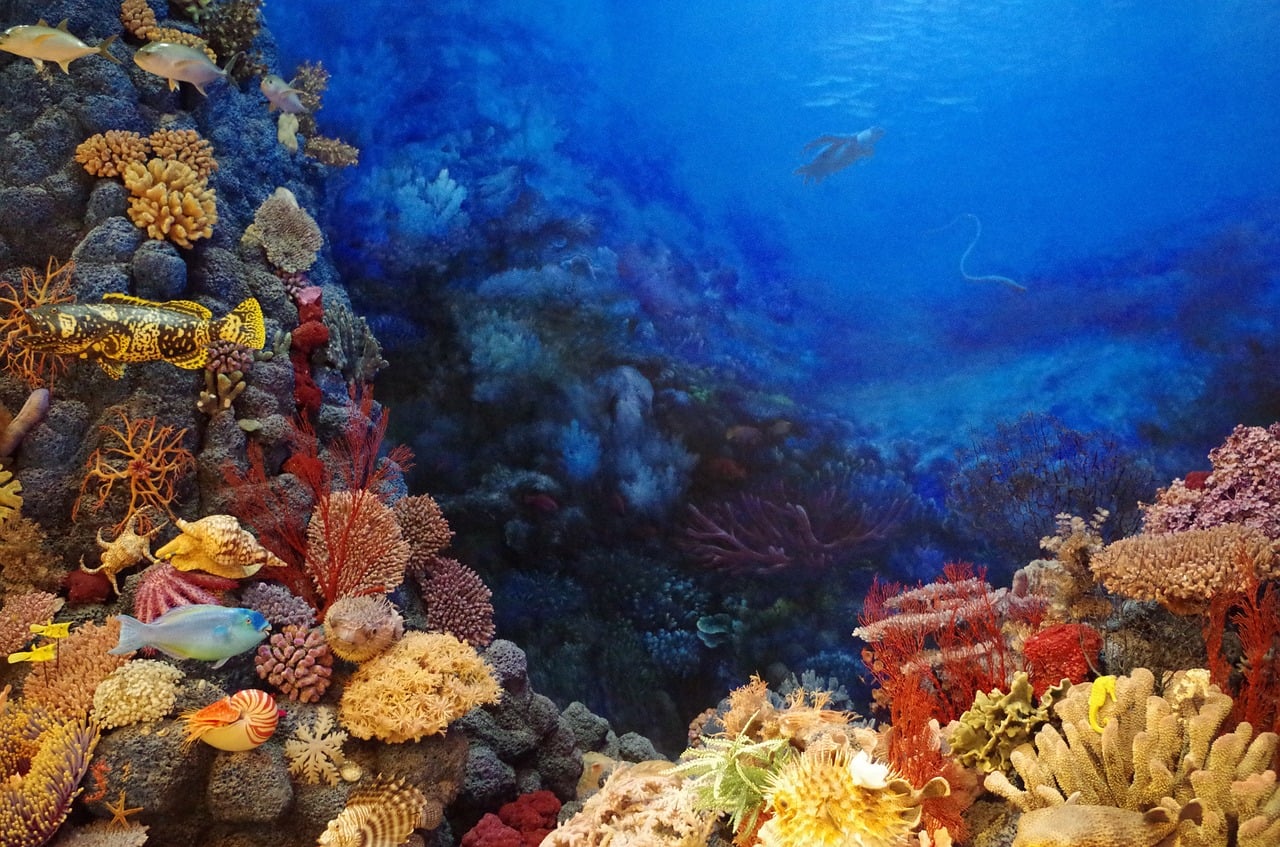A group of Australian scientists have created a new method which shows a 400-year El Nino seasonal record and how this has affected the environmental changes on the Earth. They used the method on the cores drilled from coral, to reveal the El Nino changes. This method was described as impossible by many experts in that field.
The new research which was published today in the journal Nature Geoscience shows different types of El Nino and how much nature has changed following those events in the previous decades.
The 400-year El Nino record helps us understand those events that are responsible for causing extreme weather conditions in the world, and could be vastly associated with precipitation as well as major temperature changes in Australia, South East Asia and the Americas.
“We are seeing more El Ninos forming in the central Pacific Ocean in recent decades, which is unusual across the past 400 years,” lead author Dr. Mandy Freund said in a statement. “There are even some early hints that the much stronger Eastern Pacific El Ninos, like those that occurred in 1997/98 and 2015/16 may be growing in intensity.”
Researchers couldn’t always reveal the secrets of all the El Ninos, because the instrumental record of these events was too short, especially because they knew that due to climate change, the previous few decades were far different compared to the past.
“By understanding the past, we are better equipped to understand the future, especially in the context of climate change,” said Dr. Freund.
“Prior to this research, we did not know how frequently different types of El Nino occurred in past centuries. Now we do,” said co-author from the Centre of Excellence for Climate Extremes, Dr. Ben Henley.
To get this information, researchers needed to understand the coral records which could be used to identify seasonal changes and create the 400-year El Nino record. Dr. Freund and the team of climate scientists then created the idea to proceed on extracting information.
To refine the technique of extracting cores of the corals, researchers used a new machine learning technique and compared coral results with instrumental records. They found a strong agreement when comparing the two and that allowed the team to extend the record back 400 years.
As a result of using different techniques, the results show the first ever seasonal El Nino record which can extend 400 years into the past, as well as introduce a new technique which will be used in the future. This breakthrough achievement took 3 years to achieve.
“Having a better understanding of how different types of El Ninos have affected us in the past and present, will mean we are more able to model, predict and plan for future El Ninos and their wide-ranging impacts,” said Dr. Freund.





